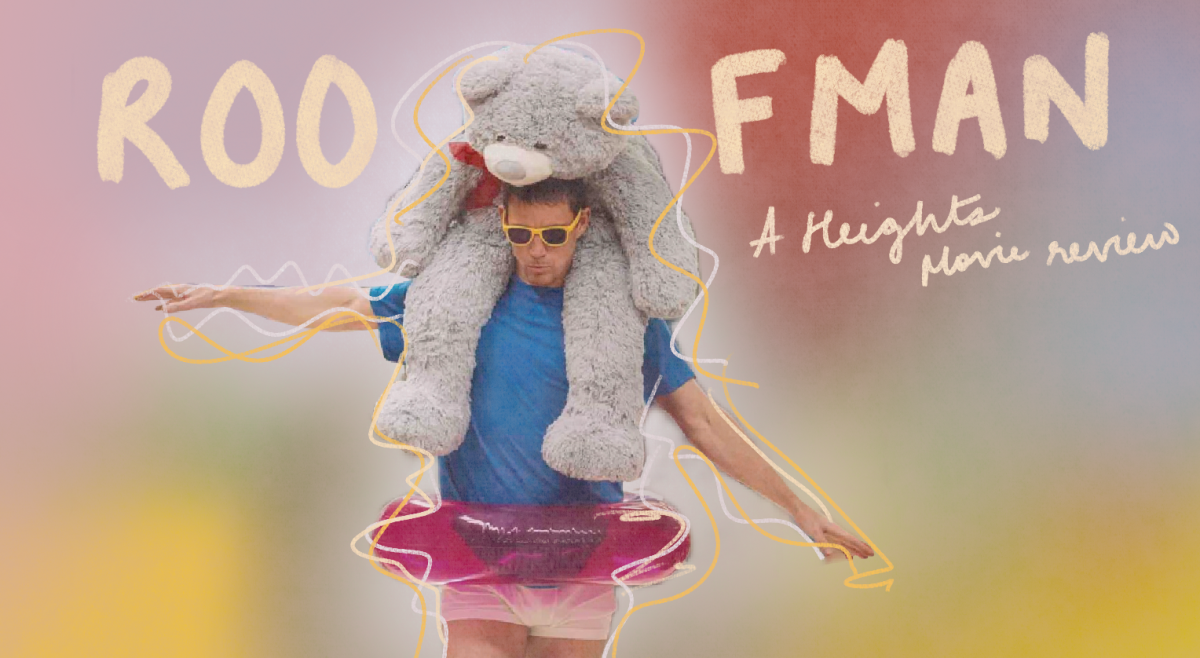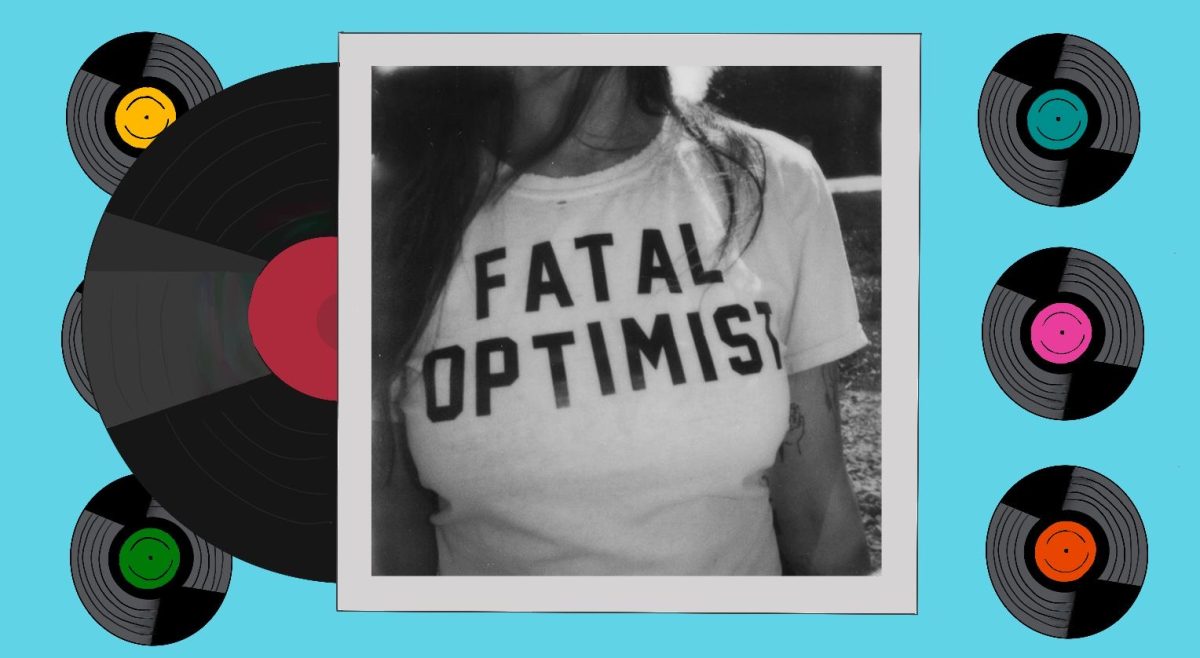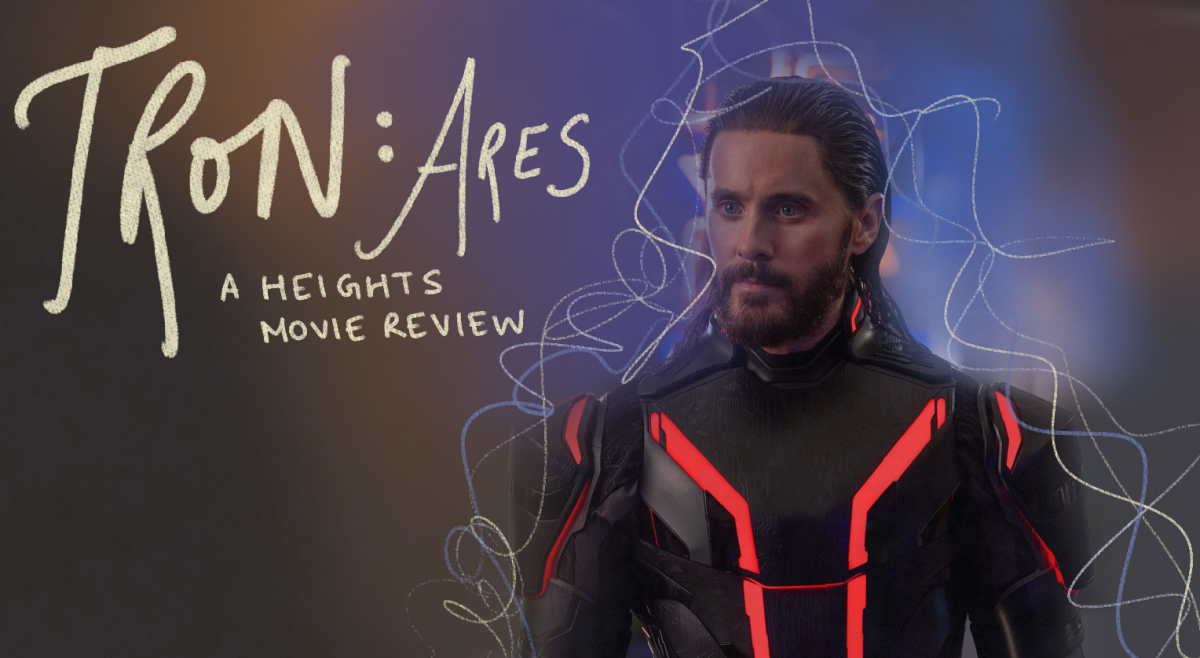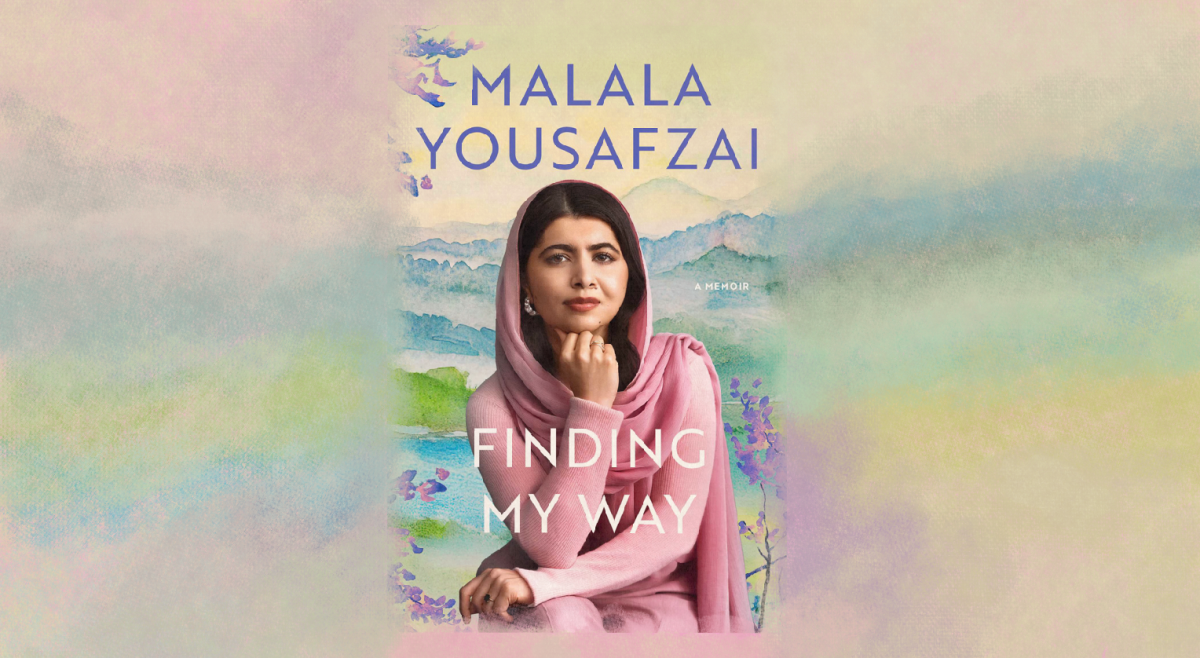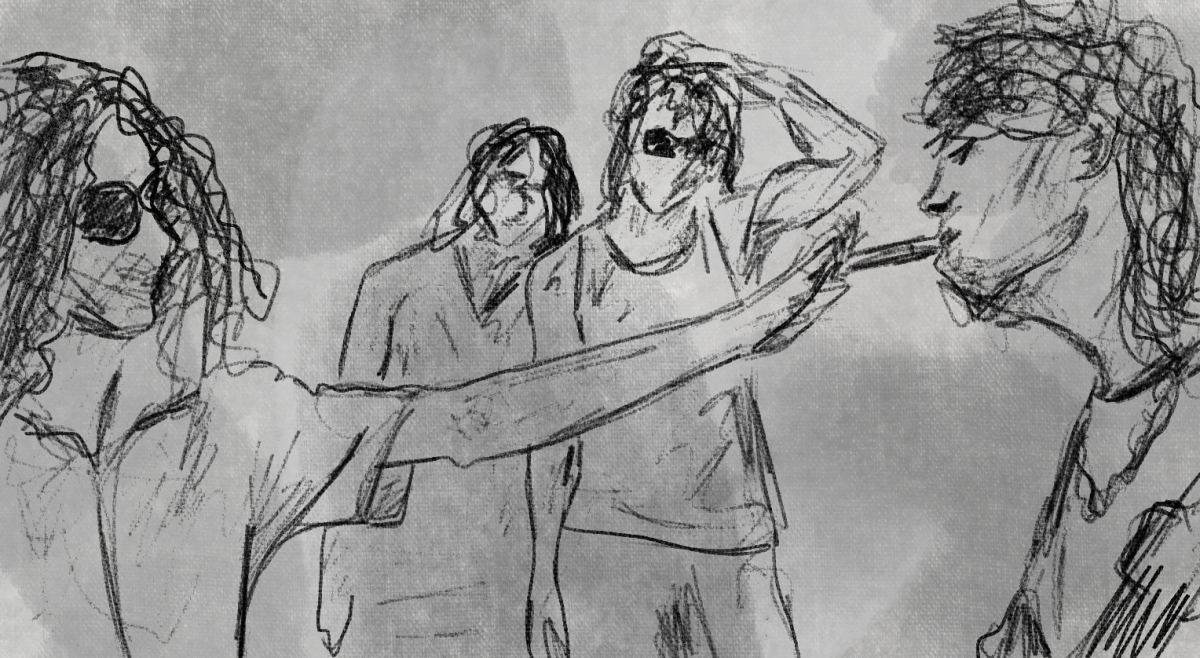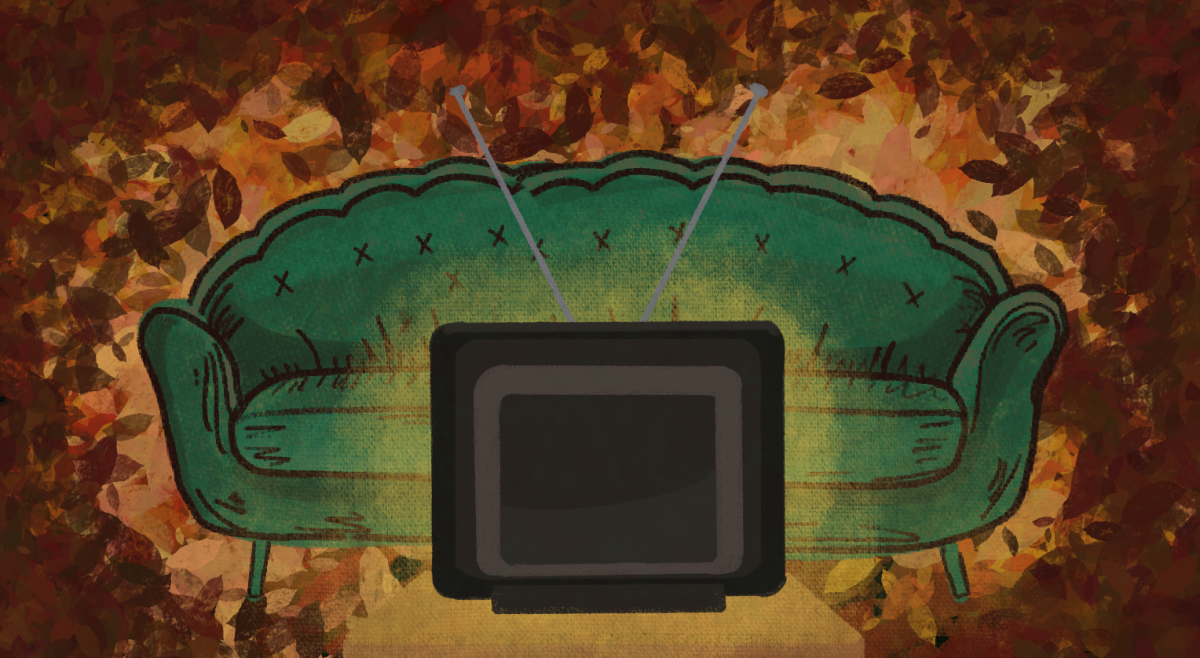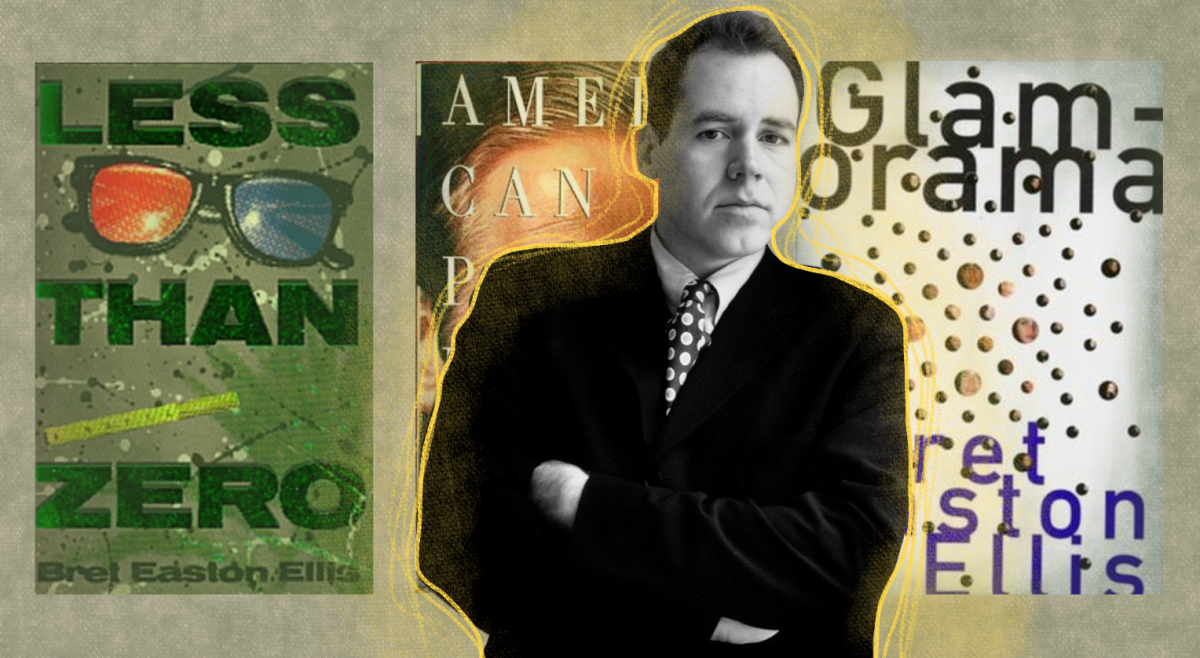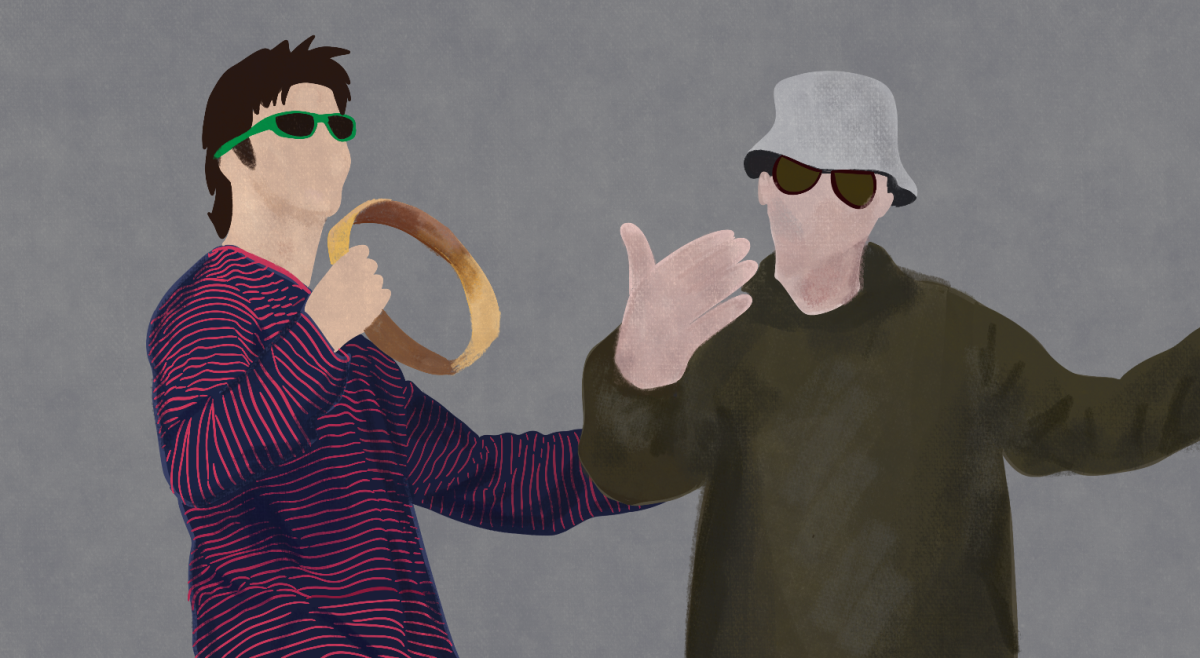I was curled up on the bed, ready for every child’s favorite time of the day: story time. She had two books that day—one called Splash!, with a bright yellow cover and a friendly-looking elephant, and the other called I’m the Best, featuring a happy dog dressed in colorful plaid pants. Within minutes, I was immersed in a world of colorful pictures, five-word sentences, and friendly animals jumping off the pages. I felt completely at ease, allowing myself to fall into her pleasant reading voice without a care in the world.
Unfortunately, I don’t have any memories of my parents reading me bedtime stories as a child. This anecdote, surprisingly, was not from my time as a 5-year-old. It happened just last Saturday, as I sat lazily on my roommate’s bed after returning from the football game. The reader was my other roommate, who was writing a paper on the two books as part of her children’s literature course. As she read the stories with exuberance, I found myself longing for the days of “circle time” in my elementary school classrooms. I recalled my own favorite picture books—pretty much every Eric Carle book, such as The Very Hungry Caterpillar and The Grouchy Ladybug. Now, it’s rare to find even a small sketch in the books that I read, so to have books completely filled with colorful images was quite the treat.
When my roommate finished her storytelling, I could have just clapped and thanked her for bringing me back to childhood, even if it was only for a few moments. Being the English major that I am, however, I couldn’t help but ask: how was she planning on writing a paper from a 10-page picture book? I expected her to talk about the (somewhat questionable) moral lessons in the books—how Dog’s incessant claim that he was “the best” made his friends very sad, but ultimately they realized that everyone is the best at something. From my poetry and narrative classes, I am accustomed to extracting as much meaning as possible from even a few words, and I assumed that my roommate’s paper would consist of much the same. A discussion of repetition, syntax, and punctuation usage (why so many exclamation points?) is obviously how one would analyze a children’s book.
Instead, my roommate talked about the pictures: how the colors were more vibrant when Dog was happy, and how the pages became filled with gloomy, grey colors when Dog was sad. She discussed how emotions were conveyed through the images, and I realized that the beauty of picture books is how they communicate to children in simple, yet powerful ways. Story time is often the first introduction that a child has into the literary world—and those books arguably serve as the first form of “high art” that children encounter. When I recall the pages of The Very Hungry Caterpillar, filled with brilliantly colored and textured images, there’s no doubt that Carle’s collage technique merits attention as a true art form. It’s simple, vibrant, and beautiful—the type of art that I love the most.
Sometimes, it’s a welcome relief to take a break from over-analyzing the world—and story time with my roommates allowed me to remember how much joy I find in the simple things. Call it cliche, but I think it’s something most of us needed to be reminded of in the midst of our stressful lives. And with the first day of fall just past, I already feel as though my childhood picture books are coming to life—as if the insta-worthy foliage were illustrated by Carle himself. My life may not actually be a picture book, but that doesn’t mean it has to be a full-fledged novel, either. In between the pages of language overflow, in between the days of constant analyzing, it might be nice just to add a few pages with pictures.
Featured Image by Emily Fahey / Heights Editor


